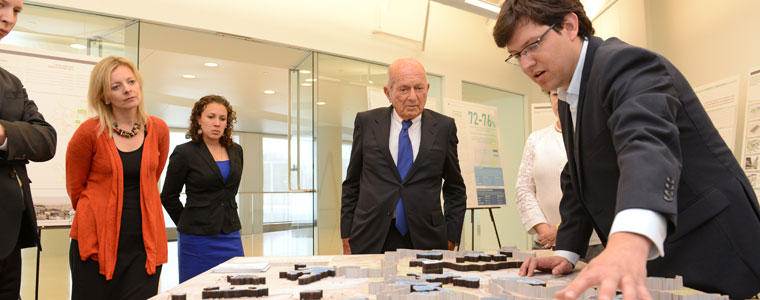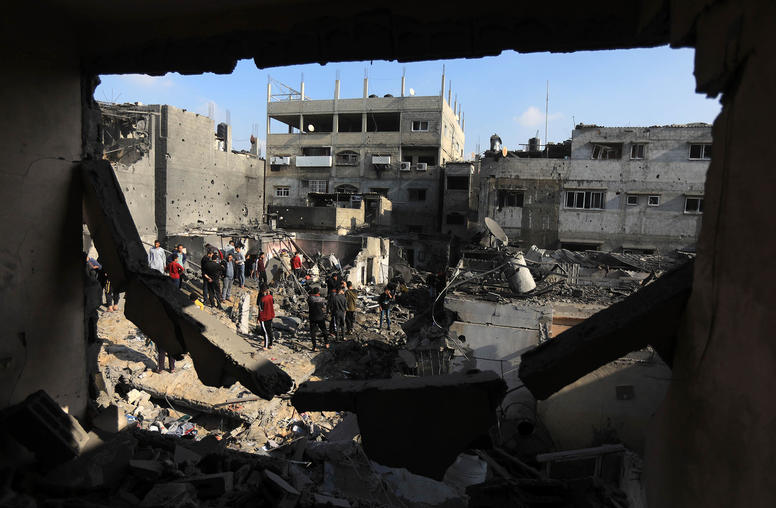Mapping Israeli-Palestinian Peace
Architecture and Planning in Conflict Resolution Panel Discussion and Exhibit
The U.S. Institute of Peace and the S. Daniel Abraham Center for Middle East Peace on April 8 opened an exhibit exploring the role of architects and architecture in conflict resolution and held a panel discussion on the issue.

Most international conflicts are territorial in nature. Resolutions often call for realignment of boundaries and borders, yet all too often without consideration for the existing environment within that space. To address this challenge, SAYA Design for Change has developed an approach called "Resolution Planning." Designed to reclaim the roles of space and urban planning in mediating conflict, it focuses on the responsibility of architects to contribute to peace negotiations and sustainable resolutions of conflicts. SAYA's body of work, created in collaboration with Palestinian planners and architects, has created a foundation for realizing a future Israeli-Palestinian peace.
This discussion highlighted SAYA's work within the larger context of the Israeli-Palestinian peace talks.
Following the event, SAYA's co-founder, Yehuda Greenfield-Gilat, led a tour of a retrospective of SAYA's work. In explaining the model of Jerusalem, he described how this approach gives Jewish residents a positive vision of a divided Jerusalem, while also offering Palestinian residents a bouquet of urban planning options in order to boost their sense of ownership in the process.
Welcome and Introductory Remarks
Kristin Lord
U.S. Institute of Peace
Robert Wexler
S. Daniel Abraham Center for Middle East Peace
Panel Discussion
Toni Verstandig, Moderator
S. Daniel Abraham Center for Middle East Peace
Yehuda Greenfield-Gilat, Discussant
SAYA Design for Change
Nizar Farsakh, Discussant
Project on Middle East Democracy
Tamara Wittes, Discussant
Saban Center, Brookings Institution



